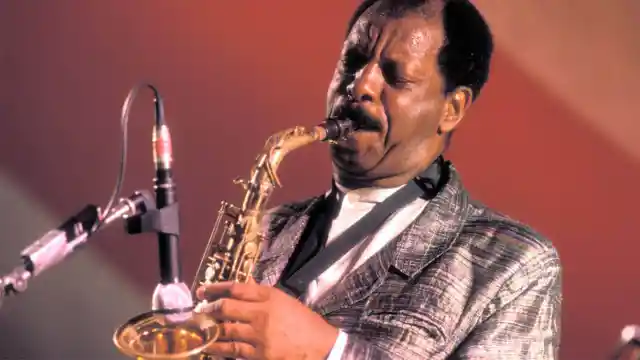
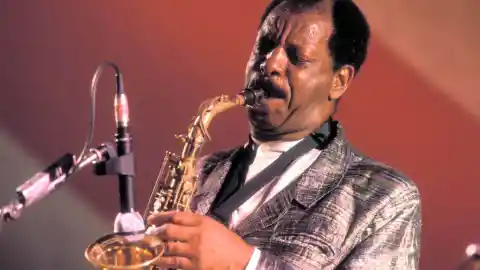
To commemorate the passing of Ornette Coleman, one of the most powerful and contentious saxophonists and jazz musicians of the 20th century, we have compiled a retrospective of his career. The jazz music artist died of cardiac arrest at the age of 85 at his home in Manhattan. Coleman set a stellar example for saxophonists in the industry during the 1950’s and 1960’s, when he made forays away from songbook style harmonies and into the frontiers of discordant experimentation. His music embodied a new type of folk song, using deceptively simple melodies and atypical chord progressions. He won a Pulitzer in 2007 for his album Sound Grammar. Coleman’s early work, easily an extension of the musical pioneering of Charlie Parker, began well within the established jazz tradition, but as he developed as a musician, so did his contributions to the genre of jazz. He was more prolific than John Coltrane, and he was more philosophical than other contemporaries in jazz at the time. Some critics have even even likened him to the European avant garde, while at the same time, he truly represented the American will to independence. Coleman was originally from the American South, but he moved to New York and became a big part of the city’s cultural life. He was known for attending parties in bright blue silk suits, and speaking about music theory with charm and clarity. We have put together a list of his top five songs.
Number One: Lonely Woman. “Lonely Woman” is a jazz composition by Ornette Coleman and Jim Gardner. Coleman’s recording of it was the opening track on his 1959 Atlantic Records album The Shape of Jazz to Come. Alongside Coleman’s alto saxophone, the recording featured Don Cherry on cornet, Charlie Haden on double bass and Billy Higgins on drums.
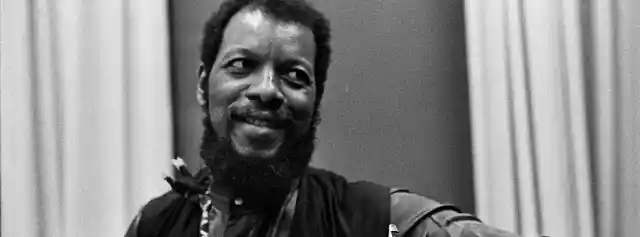
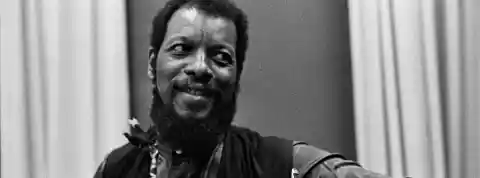
Number Two: Peace. “Peace” appeared in November 17, 1959, one month after the release of The Shape…, Coleman’s quartet began its residency at the Five Spot. This engagement was arranged by John Lewis and was initially scheduled to last two weeks; it was eventually extended to two-and-a-half months.
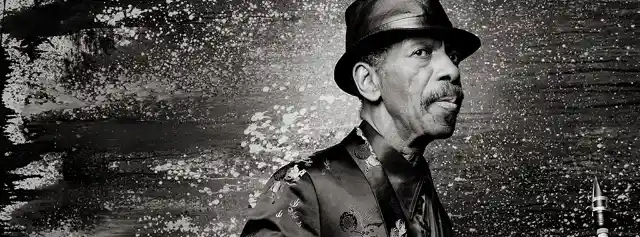
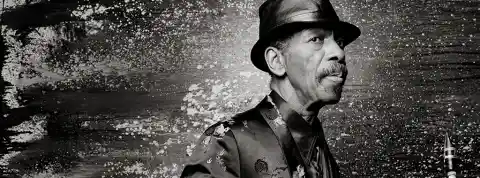
Number Three: Eventually. “Eventually” is a phenomenon, off the album Beauty is a Rare Thing. When I interviewed Coleman in 1986, he had this to say about improvisation: “I now call it free-phrasing, but when I used to try to improvise I thought it was just that—something you had never done before.”
Number Four: Congeniality. One of the first things that caught my attention with this particular song was the looseness—the sheer let-it-all-hang-out, almost instinctive expression that just puts it out there and knows that it will all end up hanging together somehow. To me, this is what makes even Coleman’s most boppish tunes not really sound like bebop.
Number Five: Focus on Sanity. Sanity might have seemed the issue for some when this was first unleashed to the world in 1959. Coleman’s work was so groundbreaking and divisive that it seemed you had to pick sides, and consequently he was hailed as a genius or condemned as a charlatan. Rest in peace, Ornette Coleman.